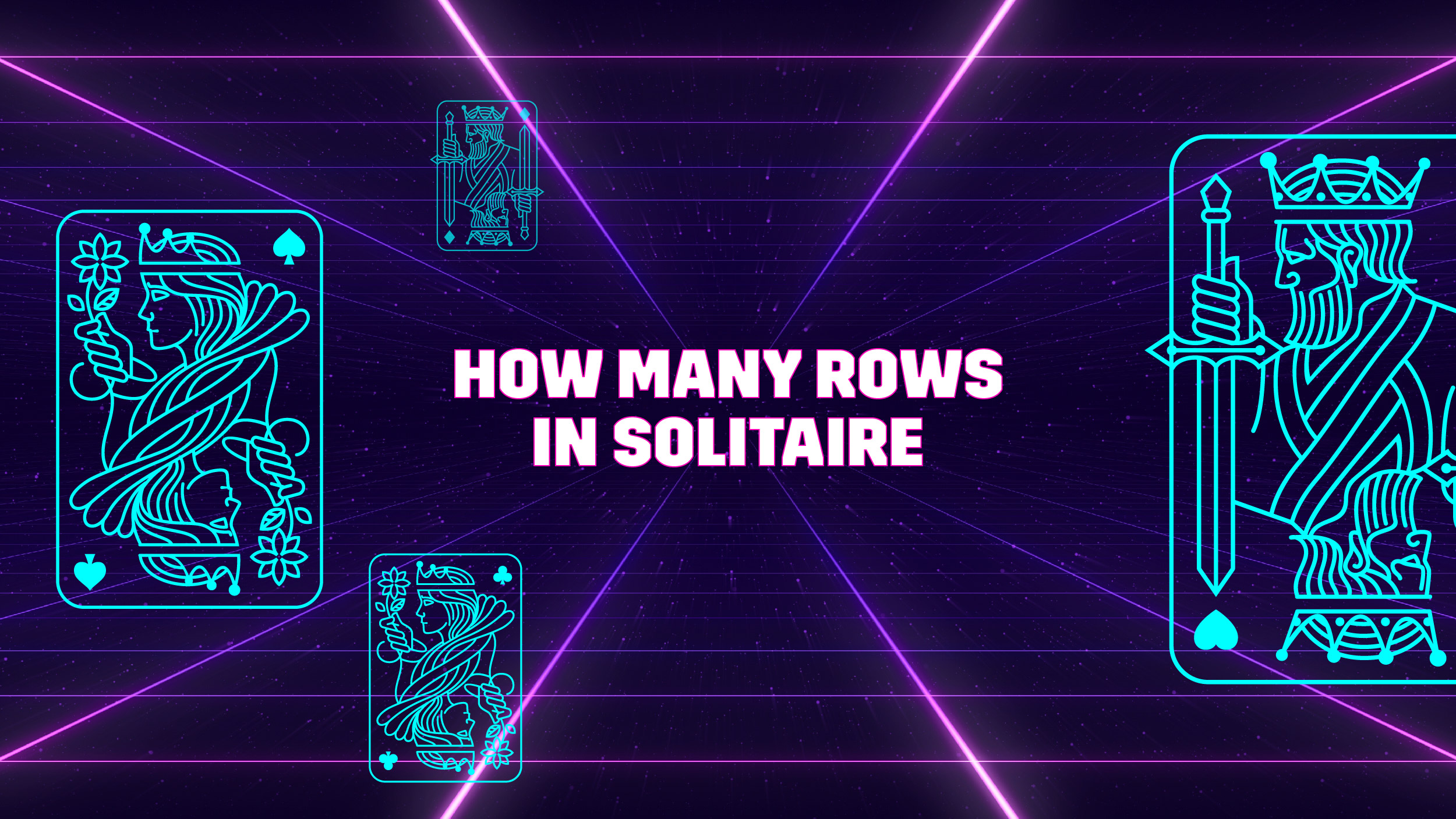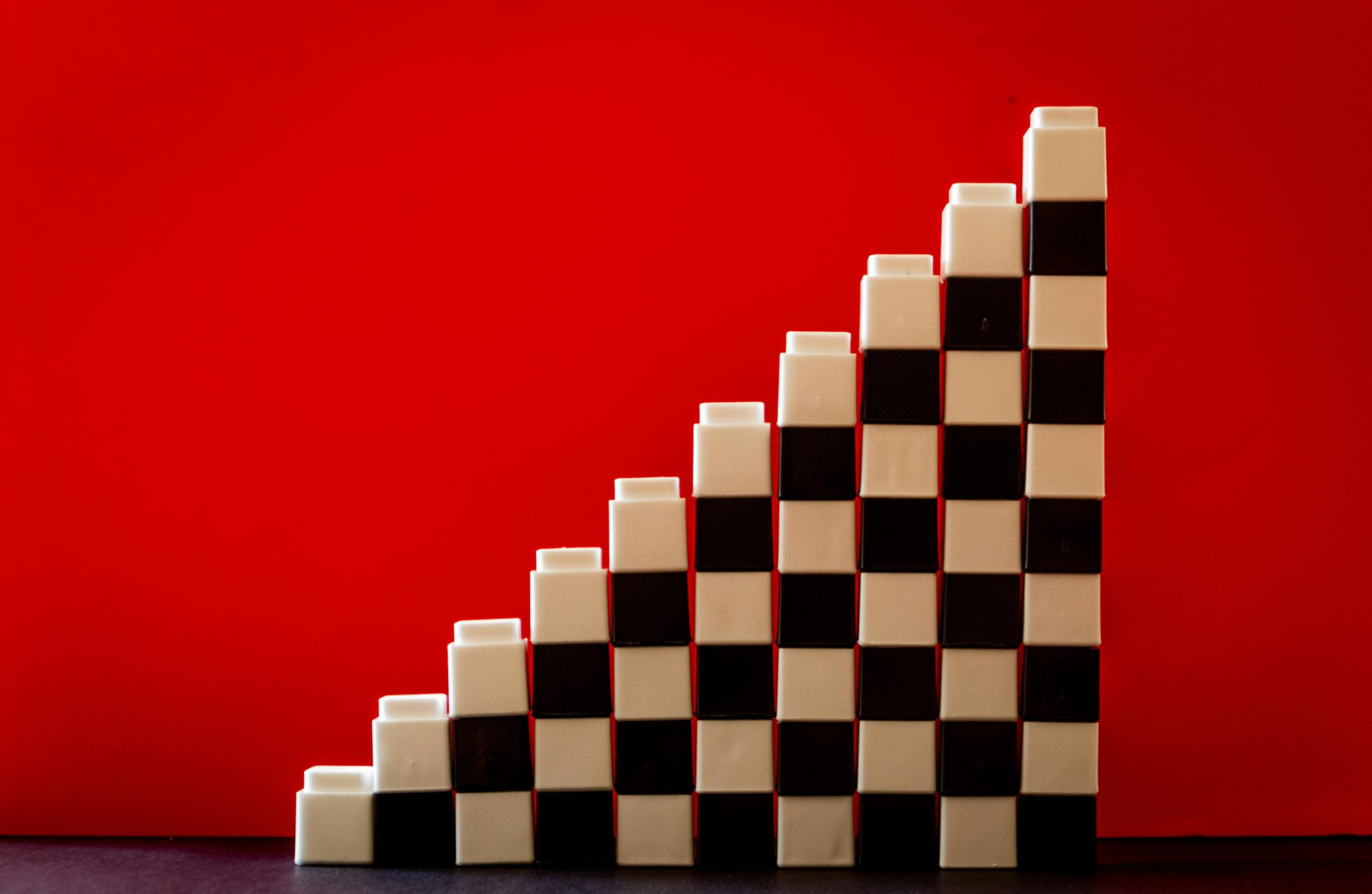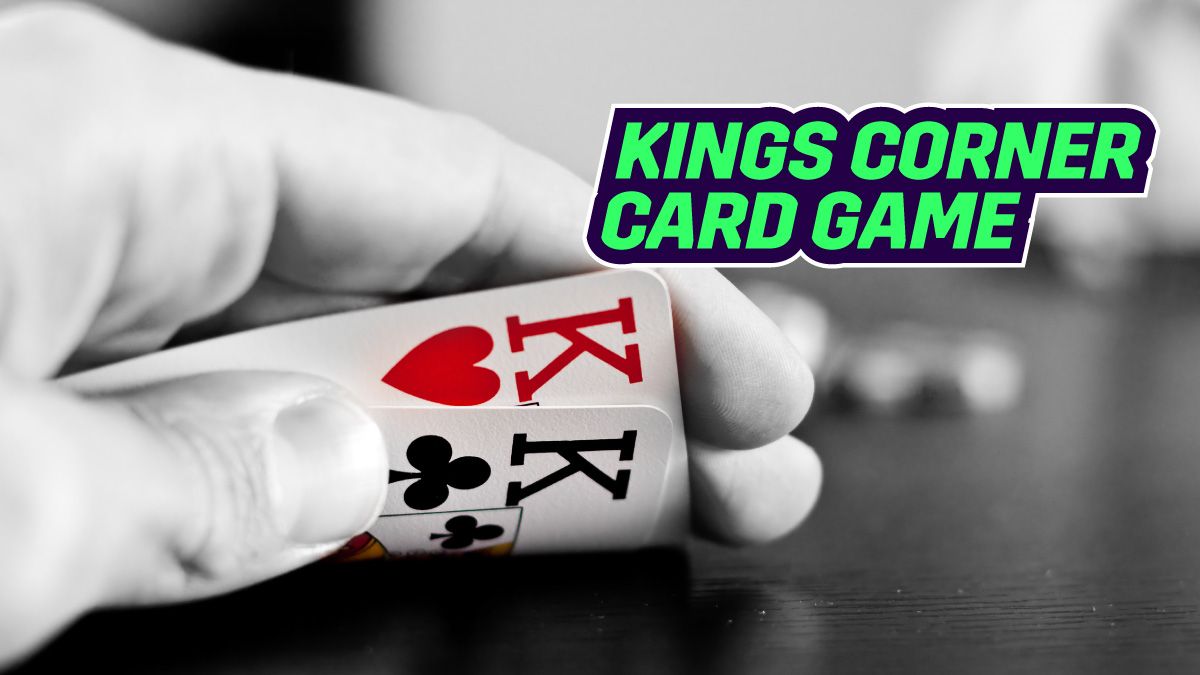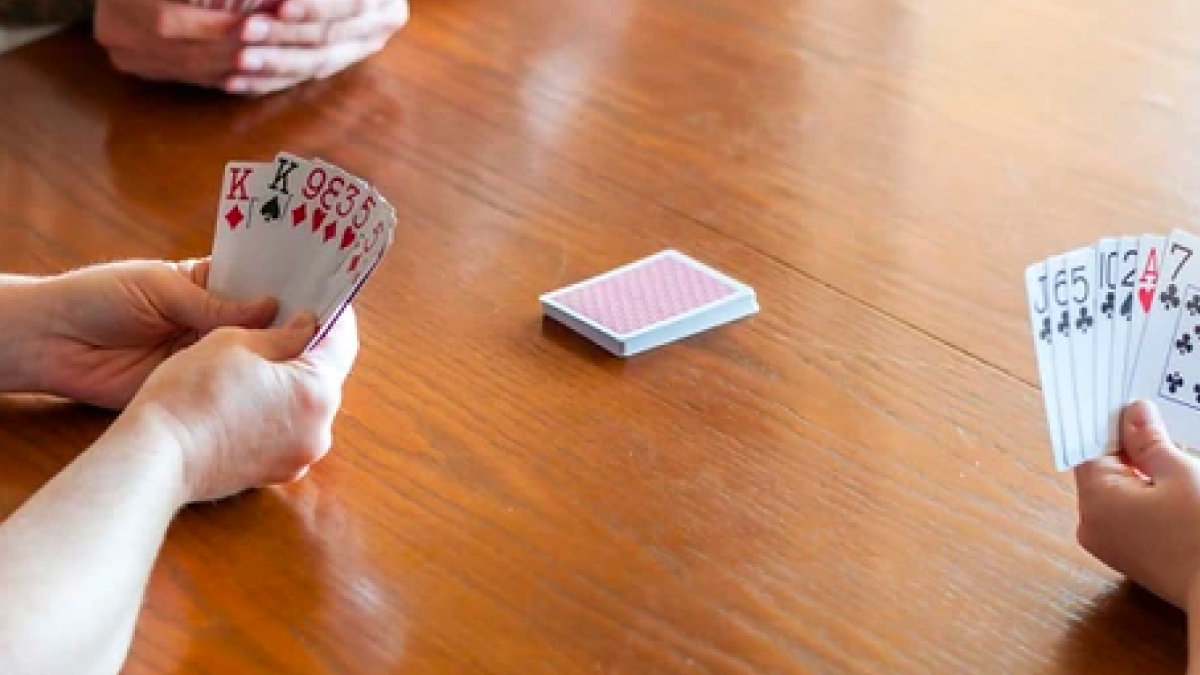Table of Contents
ToggleSolitaire is undoubtedly the most well-known card game in the world. You can play the traditional version of Solitaire using a standard deck of cards or by visiting a gaming website or downloading a gaming application. The game is fun and comes in different variants, including Spider Solitaire, Cube Solitaire, Klondike Solitaire, etc. The best thing about it is that you don’t require an opponent to play for hours. The board layout and the specific rules make it simultaneously challenging and engaging. Once you get the hang of the basics, play will get faster, easier, and more fun.
Assembling the layout takes less than a minute, making it one of the fastest games to set up. Part of the setup is knowing how many rows exist in Solitaire. This primarily depends upon the variant you’re playing. Often, it ranges from 7 to 10.
The classic version, known as Klondike, features seven rows. The difference between classic solitaire and its variants lies in the setup, the number of cards, players, and total decks used. For instance, the two-player version of Klondike is known as Double Solitaire, which uses two 52-card decks.
In this article, you will discover how many rows in solitaire, alongside some of the more commonly known solitaire variations.
How Many Rows in Solitaire?
Now, let’s answer the question of the hour: How many rows in Solitaire games?
In Klondike, the game starts with seven cards, each put in solitaire rows called the tableau. The first row has one card, the second has two, and this continues until the seventh row, which has seven cards. Only the top card in each row is face-up, while the others are face-down.
The goal is to move all the cards to four foundation piles, starting with an Ace and going up to the King for each suit. On the tableau, you can move cards around by placing them in descending order from King to Ace and switching between red and black suits.
To win, you must reveal hidden cards and move them to the correct piles. You can also move cards between rows to uncover face-down cards. However, rows in solitaire can differ depending on the variant of solitaire. For instance, Spider Solitaire has 10 rows of cards.
Here are how many rows in solitaire variants:
-
Klondike Solitaire: 7 rows
-
Spider Solitaire: 10 rows
-
FreeCell Solitaire: 8 rows
-
Pyramid Solitaire: 7 rows (in a pyramid shape)
-
TriPeaks Solitaire: 3 peaks
Card Layout in Solitaire Game
Now that you know how many rows for Solitaire, the following points can help us better understand the card layout in Solitaire. This is crucial if you want to play solitaire the right way!
Deal seven cards in a row
Once shuffled, deal the initial card and place it face-up on the left-hand side. Subsequently, deal six more cards face-down in a row on the right of this card, so each card gets its own spot.
When cards are dealt, you should ideally have a total of seven cards. The first left one is face up, while the remaining six should face down. The cards you deal with are known as your “tableau.” These are the primary cards that you’ll use to play solitaire. When you are done dealing with all of the cards, your tableau will appear like an upside-down staircase, and you will be ready to play Solitaire.
Skip the initial card and subsequently deal six cards
You have to deal six more cards onto the stacks. Place the initial card face up on the second card stack from the left. Deal one face-down card onto each of the stacks to the right.
Count over to the third stack, followed by dealing five cards
Deal a single card face up, beginning with the third stack over from the left. After that, deal four more face-down cards onto every stack positioned to the right of this stack.
Deal four cards beginning with the fourth stack
Deal once face-up card onto the stack, starting with the fourth one from the left, followed by three face-down cards. Put one card onto every stack positioned to the right of this stack for playing solitaire.
Skip the initial four cards and deal three more
Count over to the fifth card from the left in your row of the seven-card stack. Deal a single face-up card onto this stack, and then deal one face-down card onto each of the two piles on the right as per the traditional solitaire rules.
Count over to the sixth stack, followed by dealing two more
Count over to the sixth stack from the left and deal one face-up card onto this stack. Follow this up by dealing one face-down card onto the stack positioned on the right of this stack. This stack should ideally be the final one in your seven rows.
Deal one final face-up card
Only one stack that doesn’t have a face-up card should remain. This stack should be at the far right end of your tableau. Deal a single face-up card onto this stack. This stack must have six face-down cards and one atop that faces up.
After dealing with this final card, you have set up the solitaire game. It’s time to start playing!
Placement of remaining cards
Put the remaining cards face down. After setting up your stacks, you can place the remaining cards just above the Tableau on the left-hand side. This constitutes your “Hand” or “Stock” pile. You will draw cards from this pile as the game progresses.
The discard pile, also called the “Talon” or “Waste” pile, is where you discard any cards you pick and cannot use. The Foundation pile is where you will put the cards that you clear from the tableau stacks during the course of the game. At the beginning of the game, both the discard pile and your foundation pile(s) will be empty.
Finishing the Game
The first and foremost objective in Solitaire is to release and arrange cards required to build up each foundation, in suit and sequence, from the ace through the king. However, the ultimate goal is to assemble the whole pack onto the foundations, and if you manage to do so, you win the solitaire game.
As you expose and draw cards, you can transfer them to the foundation piles positioned above your tableau stacks. Remember that each pile has to start with an ace card, and only one stack per suit should exist.
FAQs
What do you do with an empty tableau column in a game of solitaire?
In a game of solitaire, if a tableau column becomes empty, you can place a King or a sequence of cards starting with a King into that empty space. This helps you free up other cards and create more moves to reveal hidden cards and keep the game progressing.
How many rows for the solitaire card game in the classic version?
How many rows in solitaire? Well, in the classic game of solitaire, also known as Klondike, the tableau has seven rows. The first row has one card, the second two, and so on, with the top card in each row facing up.
Is solitaire set-up easy?
Yes, Solitaire set-up is quite easy. You deal seven rows of cards in the tableau, with the top card in each row face-up. The rest of the cards go into the stockpile, which players draw from during the game. It’s a quick process that lets you start playing fast.
What’s the purpose of solitaire rows?
The solitaire rows called the tableau, are where you arrange the cards. The goal is to organize cards in descending order and alternating colors, red and black. By moving cards around in the rows, you can uncover hidden cards and create more opportunities to win the game.








